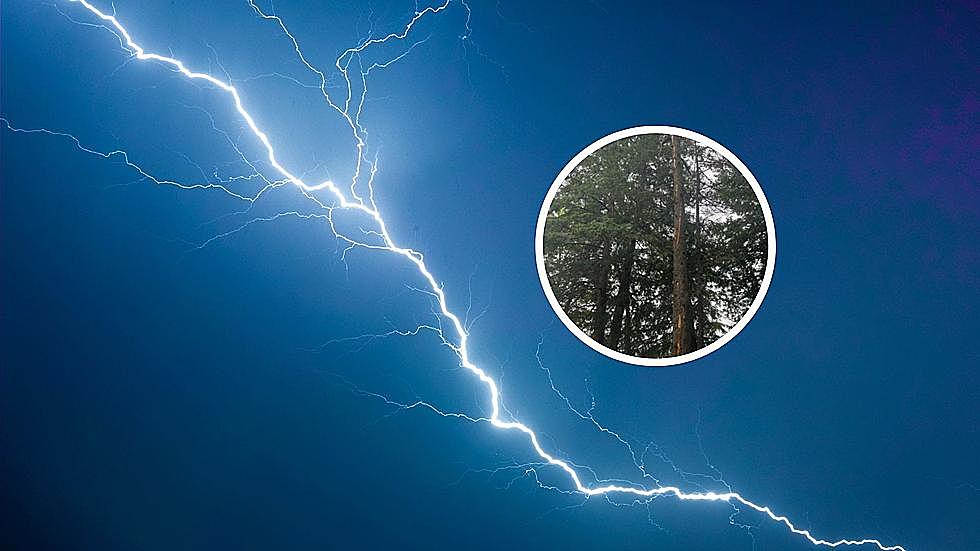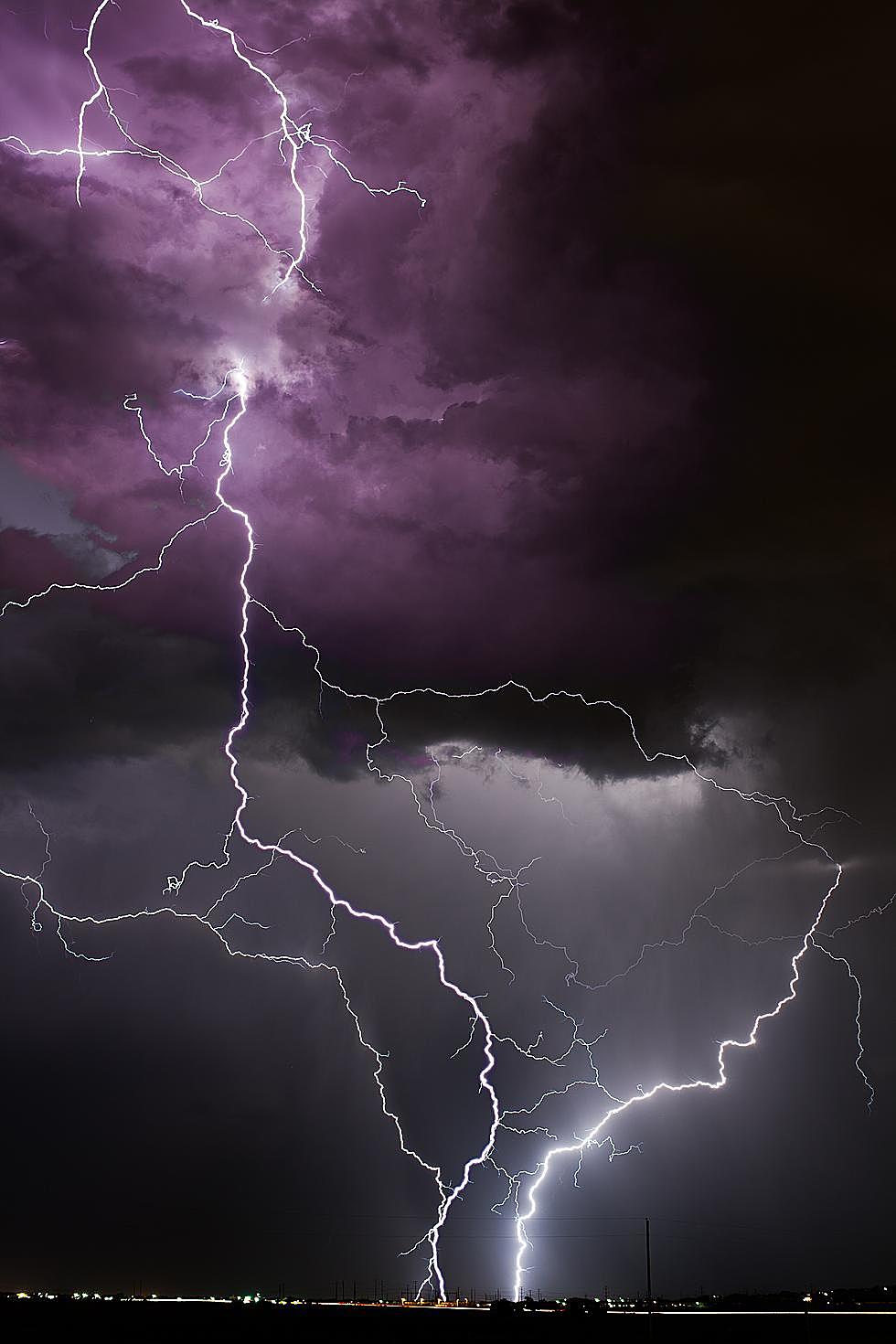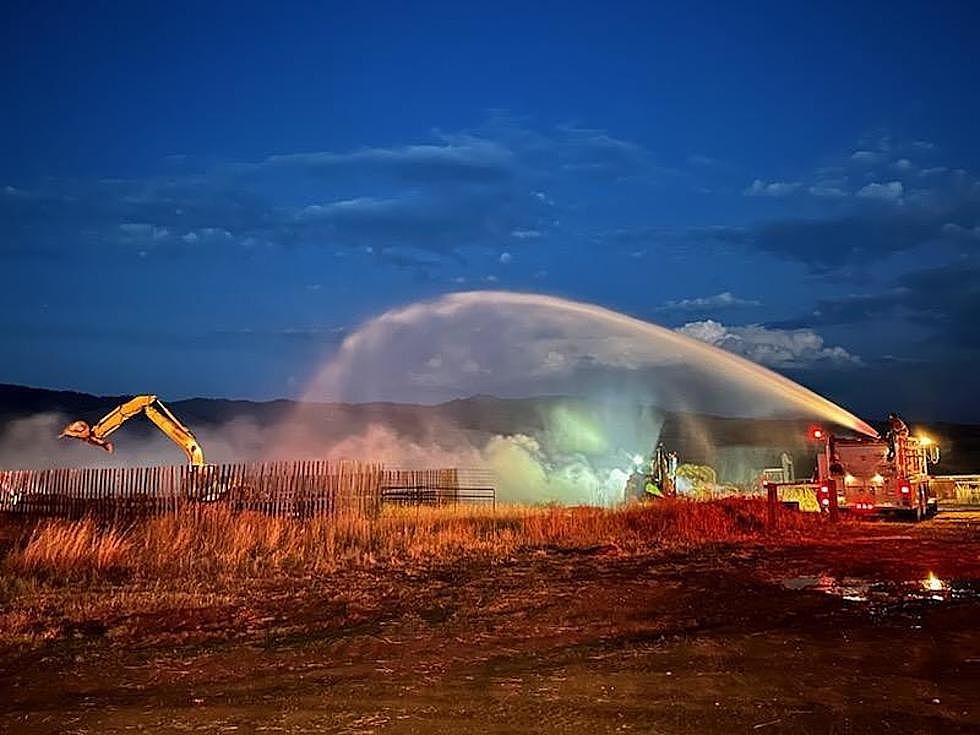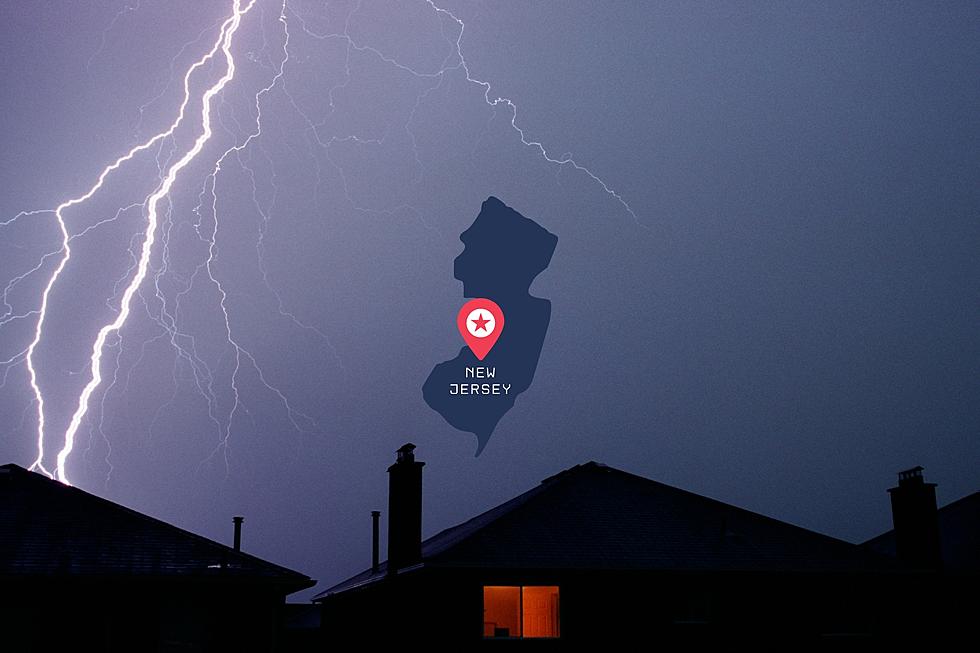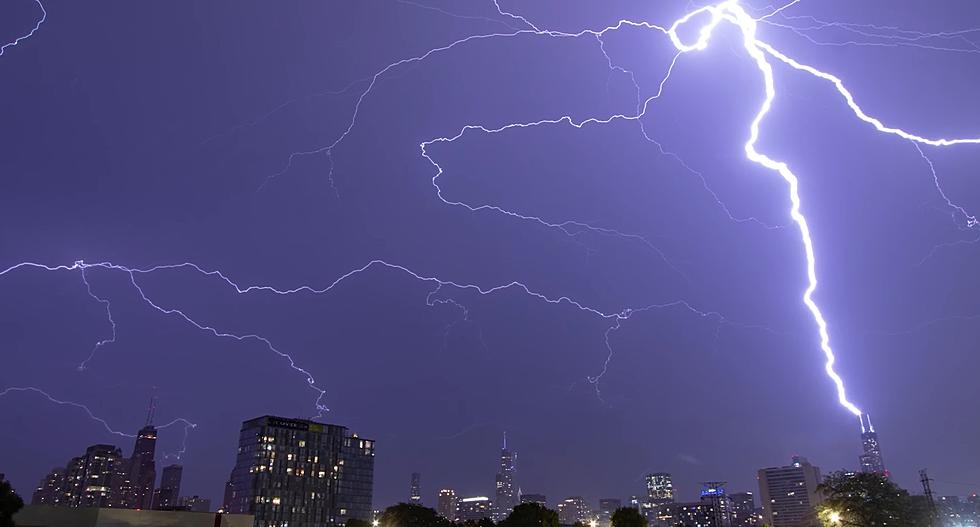
Yes, There Really is a Lightning Capital of Colorado
Vaisala U.S. National Lightning Detection Network recently released its annual lightning report. This annual analysis provides detailed statistics, highlights, and an in-depth look at overall lightning events that occur across the country each year.
Some of the specifics within the report include states with the highest lightning strike density and cities with the most strikes.
In 2022, there were more than 198 million lightning events detected across the United States. Lightning is the most extreme weather phenomenon, but also a constant that will never go away. Analyzing lightning helps researchers gain a better understanding of the atmosphere and how it continues to change.
Texas was the number one state for lightning, with more than 27 million strikes recorded last year. The state of Florida ranks highest for lightning density, with an average of 109.84 lightning strikes per square kilometer last year.
Another section of the annual report names a lightning capital for each U.S. state, as well as one for the entire country. The state lightning capital is the city of town in each state that saw the most lightning in the previous year.
Four Corners, Florida was named the lightning capital of the country in 2022. The report showed that this southern city had a lightning density of 474 lightning strikes per square kilometer last year.
The small statutory town of Bethune was named the lightning capital of Colorado. According to Vaisala's report, this Colorado city experienced 58 lightning strikes per square kilometer during the last recording period. Bethune is situated in Kit Carson County, which is located in the eastern part of the state, at 4,258 feet elevation.
As for total lightning counts in 2022, Colorado came in at No. 28 on the list. The Centennial State had a total of 2,348,907 lightning strikes recorded last year. In the total lightning density column, Colorado landed at No. 33 on the rankings with an average of 8.71 events per square kilometer.
Lightning typically occurs in the summertime, when temperatures are higher and there's more humidity. During the summer, the conditions are more favorable for producing thunderstorms with lightning. That being said, last year, it was May 21, that had the top total lightning count across America.
Lightning Facts vs Myth
More From Ultimate Weather
